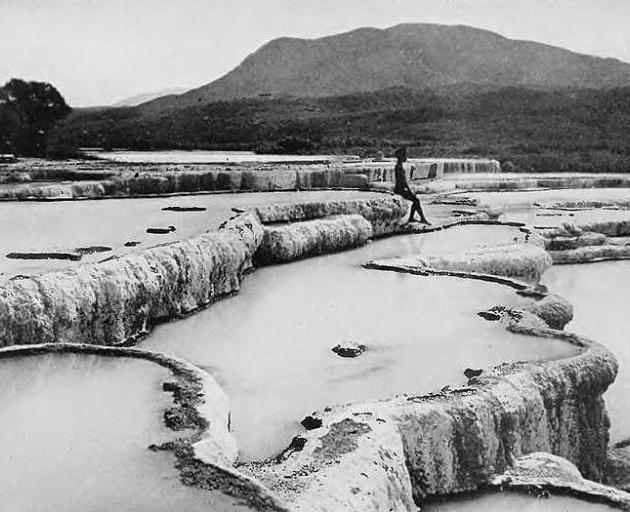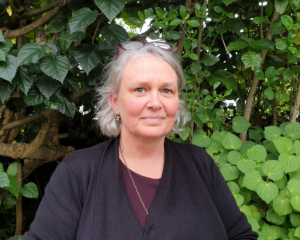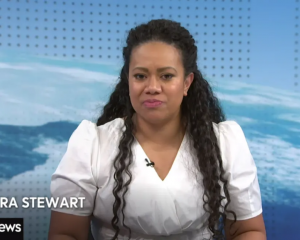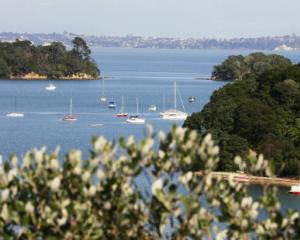
Scientists say they're settled on the former location of New Zealand's long-lost Pink and White Terraces.
The bad news: they're somewhere at the bottom of a lake, and likely buried forever.
The terraces, at Lake Rotomahana near Rotorua, were sometimes called the eighth wonder of the world and attracted tourists from across the globe.
Largely destroyed in the devastating 1886 Mt Tarawera eruption, the lost icon has since been the focus of a series of major studies aimed at its rediscovery.
One paper published earlier this year indicated the white terraces had been generally wiped out in the eruption, while the remnants of the pink terraces might lie at the bottom of the lake.
The findings were consistent with historic photographs taken by Charles Spencer in 1881 and published maps by pioneer geologist and explorer Ferdinand von Hochstetter, who made detailed surveys and maps of the region in the 1860s.
That study's lead author, Dr Cornel de Ronde of GNS Science, said an exhaustive examination of his team's work at Lake Rotomahana between 2011 and 2014 had shown that the present-day location of the Terraces could not be buried on land, or at the edge of the lake.
After the eruption the level of the lake rose by at least 60m and its area increased by about five times, drowning all the original landmarks – and de Ronde believed that any effort to pinpoint their exact location would be "fruitless" given they were now completely covered.
Another new study, published today in the journal Frontiers of Earth Science, has backed conclusions the site sat somewhere beneath the lake.
Niwa scientists Dr Andrew Lorrey and John-Mark Woolley evaluated Hochstetter's diary notes and reconstructed his survey sites and stations around Lake Rotomahana using Lidar, or Light Detection and Ranging – a remote sensing system that uses light pulses to measure distance and topography.
They combined that information with sketches drawn by Hochstetter and a map published in 1862 to pinpoint the former location of the terraces.
Lorrey said their research also agreed the former sites of the terraces lay beneath the modern lake.
The research was undertaken at the request of Tūhourangi Tribal Authority following conflicting findings about the former location of the terraces.
The terraces formed over thousands of years as silica-rich water emerging from springs and boiling geysers crystallised into giant tiered staircases.
The White Terrace covered more than three hectares while the smaller Pink Terrace was used for bathing on the lower levels.
There was also a smaller, lesser known feature called Tuhi's Spring, or the Black Terrace.
Lorrey said Hochstetter's survey bearings and sketches document Lake Rotomahana and the Rotorua landscape and include important details about the terraces, small geothermal features around the lake and some distant landmarks.
"From Hochstetter's material, supplied to us by Dr Sascha Nolden, we were able to reconstruct where former survey datums were located.
"We used those details to position the map he published to show the location of the terraces."
Hochstetter's notes also contained several other draft maps that Dr Lorrey says were progressively refined as he continued his work.
"You can see how he reconsidered two or three times how to draw things and how to orientate them," he said.
"The published map is faithful to the diary measurements, and the results we obtained aligns to previous research on where the terraces might be."
Lorrey said this outcome also demonstrates the accuracy and utility of historic documents for scientific research.
However, the position of the former Black Terrace remained inconclusive - although it is mostly likely located on land to the northwest of the modern Lake Rotomahana.
As for the fate of all three terraces, Lorrey said this latest research didn't cover whether they were still intact.
"There is a lot more science that is yet to be done to see what's down there."












